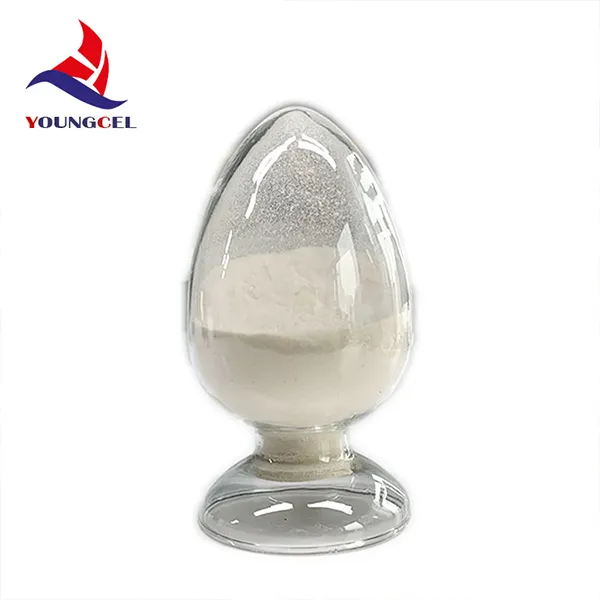Hydroxyethyl Cellulose (HEC) A Versatile Polymer for Modern Applications
Hydroxyethyl cellulose (HEC) is a non-ionic, water-soluble polymer derived from cellulose, a naturally occurring polymer found abundantly in plants. As research and technology continue to advance, HEC has gained significant attention across various industries due to its versatile properties and applications.
One of the most noteworthy aspects of HEC is its ability to dissolve easily in water, forming a clear, viscous solution. This property is attributed to the hydroxyethyl groups that replace some of the hydroxyl groups in cellulose, enhancing its solubility. HEC is used in many formulations, ranging from cosmetics and personal care products to pharmaceuticals and food processing.
Hydroxyethyl Cellulose (HEC) A Versatile Polymer for Modern Applications
In pharmaceuticals, HEC plays a critical role in drug formulation. Its thickening and gelling properties allow for the creation of suspensions, gels, and controlled-release formulations. HEC is often utilized in ophthalmic solutions, where it helps stabilize the active ingredients and enhances the viscosity of the eye drops. This results in prolonged contact time on the ocular surface, improving therapeutic efficacy. Furthermore, HEC can be employed to enhance the solubility and bioavailability of poorly soluble drugs, thereby facilitating better absorption in the gastrointestinal tract.
hydroxyethyl cellulose hec

The food industry has also embraced HEC as a food additive. It is utilized as a thickener and stabilizer in various food products, including sauces, dressings, and dairy products. HEC helps maintain the desired consistency and texture, improving the overall sensory experience for consumers. As consumers increasingly seek gluten-free and clean-label products, HEC provides a natural alternative to traditional thickeners, aligning with modern consumer preferences.
Furthermore, HEC’s role in the construction industry has expanded, particularly in the formulation of cement-based products such as tile adhesives, mortars, and plaster. The addition of HEC enhances the workability and adhesion properties of these materials, facilitating better application and durability. Its ability to retain water during the curing process prevents cracking and enhances the overall performance of the final product.
Despite its widespread use, the production and application of HEC must be approached with consideration for environmental sustainability. As the preference for biodegradable and renewable materials rises, HEC’s natural origin from cellulose positions it as an attractive option compared to synthetic polymers. Researchers are continually exploring ways to improve the sustainability of HEC production processes and develop eco-friendly formulations that meet industry standards without compromising quality.
In conclusion, hydroxyethyl cellulose is a multifunctional polymer that plays a vital role in various industries, offering an array of benefits due to its unique properties. From cosmetics and pharmaceuticals to food processing and construction, HEC's versatility continues to drive innovation and improve product performance. As the demand for sustainable and safe ingredients rises, HEC is poised to remain a crucial player in the formulation of modern products, supporting the transition toward more sustainable practices in various sectors. With ongoing research and development, the potential applications of hydroxyethyl cellulose are bound to expand, further solidifying its status as a valuable polymer in the contemporary marketplace.
-
Rdp Powder: Key Considerations for Wholesalers in the Building Materials IndustryNewsJul.08,2025
-
Key Considerations for Wholesalers: Navigating the World of Hpmc - Based ProductsNewsJul.08,2025
-
Hpmc Detergent: Key Considerations for WholesalersNewsJul.08,2025
-
Key Considerations for Wholesalers: China Hpmc For Tile Adhesive, Coating Additives, Concrete Additives, and MoreNewsJul.08,2025
-
Crucial Considerations for Wholesalers: Navigating the World of Construction MaterialsNewsJul.08,2025
-
Key Considerations for Wholesalers Sourcing Additive For Cement, Additive For Concrete, Additive For Putty from Additive Manufacturer Shijiazhuang Gaocheng District Yongfeng Cellulose Co., Ltd.NewsJul.08,2025




